It is necessary to establish that when we talk about Optimization in this context, we will also be simulating and comparing the current performance of the best Production Management Systems, currently provided by Global Software Houses, with the innovative and standard performance of our Solution - Thinker - both operating in the Make-to-Order manufacturing environments, since there are no constraints in the Production Lines environments.
So, Degree of Optimization can be defined...
...as an indicator that measures the skills that a System has to build and generate the programming of a Production Plan in such an optimized way, that minimally achieves and in all the pre-established periods, the following excellence in productivity: to manufacture the maximum quantity possible in the shortest time possible compared to the standard time, with the best possible use of resources, at the lowest possible cost and with the best possible quality, that mean produce "the optimum optimization"!

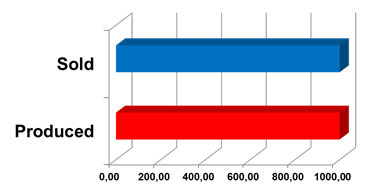
Thinker and its Degree of Optimization
The Thinker Optimization power is complete as it will act...
1. In its database structure and in its cognitive processing...


Thinker is unique System with a cognitive database, capable of absorbing all the necessary knowledge about all the resources available to the Manufacturing, of all processes involved (Equipment, Labor and Production Means). These registering will be made, once only, by the actors involved and also, autonomously, by the Thinker itself, as their processing are being occur during its job..
In this way, the A.O.I. will automatically create in Thinker what we call the Resources Compatibilities Matrix, which will include all the knowledge necessary to optimize the Production Plan, all the resources, all the processes involved, knowledge that will be increasingly improved in its memory, through its processing and its capacity of the "deep learning" by neural networks!
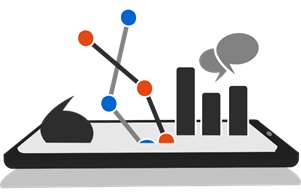
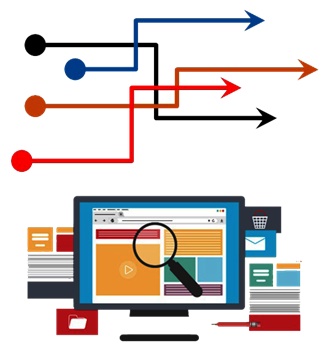
Based on these competences and guided by parameterized indexers - such as delivery time and cost, for examples - A.O.I. will analyze and create, in all schedules, fast, autonomous and automatic forms, the best combination of new Product Structures and new Processes Sheets, as alternatives to the originals elaborated by Process Engineers, implementing in the Production Plan, new sequencing free of the constraints, in the maximum possible conditions! Thus, the more resources the Industry has and the greater and richer the Resources Compatibilities Matrix is registered, the greater will be Degree of Optimization resulting in the Schedules!
And another great innovation based on these revolutionary programming technologies is that, as far as its learning, Thinker can reduce a significant amount of hours and even days in the activities of the Commercial and Engineering, elaborating autonomously and in aid to the Engineers and Sellers, Product Structures and Process Sheets, in compliance with Commercial Proposals and Production Orders, further reducing costs and response time for Customers!
2. And in its intelligence in the processing of the Indexers

In addition to the autonomous and automatic creation of alternative Structures and Process Sheets, based on the cognitive cadastral base and the Resource Compatibility Matrix, full optimization also requires that Indexers - which are the priority classification factors of Production Orders - are considered in the processing. Thus, the indexers, such as delivery term, costs, prices, lead times, etc., will be parameterized and simulated according to the logic that best meets the strategic interests of the User Industry, thus generating the Production Plan strictly following these priorities, elaborating its fully optimized and aligned with the parametrizations and with the strategic interests of the User Industry.
Thus, Thinker will learn also the best technical and commercial strategies, which can also be proposed to Customers and Suppliers, creating environments and relationships more sustainable and competitive.
These are the main indexers that can be considered:
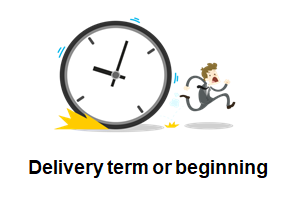
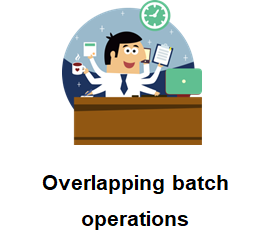
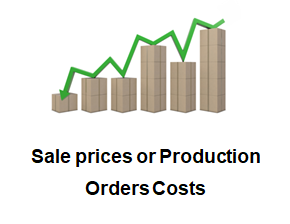
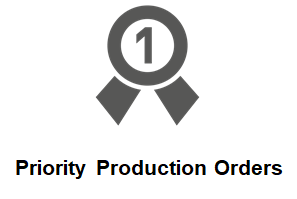
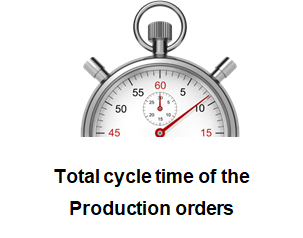
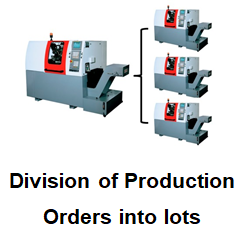

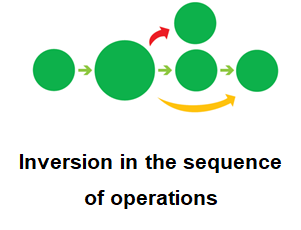
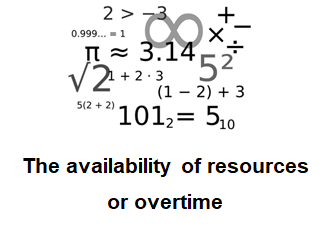
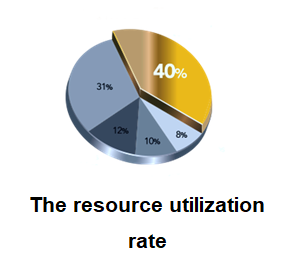

Thinker's Optimization Degree Indicators
Thinker will always deploy - depending of the resources and processes involved - the maximum possible Degree of Optimization, in Commercial Proposals and in Production Plans, Degrees that can be confirmed and measured by the results of the following indicators:
1- By quality of elaboration of the Customer Proposals

1- The total hours involved in each quotation offered to Clients being obtained:
-
1.1- Based on knowledge of technical processes and methods aligned with available resources and technologies in the Industry;
-
1.2- Quotations being simulated and elaborated according to the Production Plan that is running in the moment that quotation is building, like a "photograph" of what happens in the production, which will always be optimized in all its indicators;
2- By the relation between sold hours and produced hours
Make-to-Order Manufacturing Industry practically sells job or work hours! Thus, the Commercial Proposals will be elaborated according to excellence in technique and strategy, and fully aligned with the competencies and possibilities of the installed resources, internal and external (partners) of the User Industry. So, A.O.I. will always seek to establish a schedule in which the hours really produced (hours at which production actually evolved according to the established standard time) are the most equal or even less than hours sold. That is, to manufacture what has really been sold, at most by the cost and time sold!
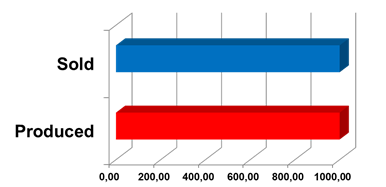
3- By the Portfolio's total time in the period
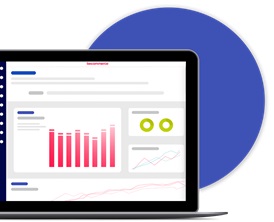
The Orders Portfolio of the various Customers perform a total number of hours to be produced in a given period. Thus, the lower Optimization of the time involved in this Portfolio, the greater will be its value of unproductive hours!
Then, the task of optimizing the I.O.A. will be to minimize this unproductiveness (hours when resources are available, but in fact do not produce, due to programming without optimization) and this total hours for which the Portfolio is met, thus allowing the Industry to fill the optimized hours and earned, with new Purchase Orders, in the same period, with the same resources and work shifts, and consequently, the business bill more in the same time!
4- By compliance of the OTD - On time delivery
Obviously Optimization will be occurring when all or as many Production Orders as possible are being served in the terms sold or before them, provided that these terms have been offered in simulations made in the true Production environment, at the moment of the offer, as we deal with in the first topic above!
Under these conditions, whenever OTD is close to 100%, equal to or above, it is one indication that Optimization is prevailing!
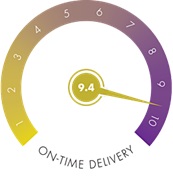
5- By the Productive Resources Occupancy rates in the period and consequently, by the costs
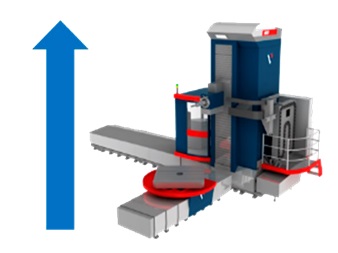
When the effective planning and generation of the Production Plan occurs, any minimally efficient system that has been operating in Production Lines industries must generate - as a consequence of the Production Plan - what we call the Load-Machine Plan. These systems, when they try to operate in the Make-to-Order Industries - because they do not have the innovation of the Optimization with which the Thinker is being built -, generate this Plan by simply linking the operations of the various Production Orders to be manufactured, appropriating in them the Resources specified in the original Process Sheets and thus, randomly forming waiting lines and constraints in many Resources, to the detriment of others, who are stuck or who have little services.
As a result, occurs a detrimental variation between the Resources Occupancy rates, that greatly increase the time and total costs of the Production Plan, thus demonstrating that the Programming done has no Optimization.
6- By overcoming Constraints (everything that prevents the uninterrupted flow of production)
As we saw in the above topic when we talk about the I.O.A., there are always a lot of constraints (bottlenecks, too many waitong lines, lack of inputs or labor, machine breaks, etc.) when the current Systems available in the market, try to operate in the make-to-Order Production environments. And if they are not previously identified and overcome, there will not be the real and the best optimization possible in the Production Plan.
Thus, the main mission of a System that intends to operate in a Make-to-Order Manufacturing Industry is not to create constraints and eliminate all that might arise, as they are inherent in the unpredictable and hostile processes and environments of the Make-to-Order Industries.
That's how Thinker will do!
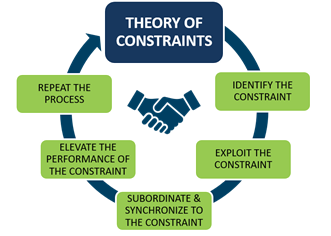
Why in Production Plan, can not the Programmer implement the optimization manually?

Because all Make-to-Order Production resources are NOT DEDICATED
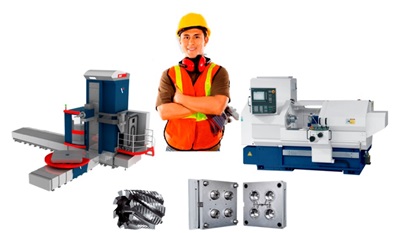
Because the Make-to-Order Industry operates selling technology services hours and does not produce standardized products, so all its resources available to its operation have the essential characteristic of having multiple and compatible competences inherent to their constructions and / or formations, in order to be them able to execute in a non-simultaneous times, more than one operation or process. Thus, these resources are NOT DEDICATED and therefore, they are not configured for fixed production lines, as occurs in Production Lines.
Thus, this reality of Make-to-Order Production requires the Programmer to have a technical knowledge that he does not have, and even if he does, he would require a constant holistic view of the Production Plan and all the processes and resources involved, a view that is beyond human capacity, in scope and speed.
Because interference by human supervision IS NOT EFFECTIVE!
Our long experience, added the research and experiments we have carried out on a permanent time, they show that the generation of a Production Plan and subsequent analyzes of the constraints that necessarily occur are activities that can not even be analyzed, in the time and quality it requires, when the scenario involved equals or obviously exceeds the following numbers:
- Portfolio with 5 Production Orders or more, involved in a certain period
- Each Production Orders with minimum 8 operations
- Over to 15 equipments involved
- Over to 8 hours / production day period
- Degree of Resources Compatibility over to 30%
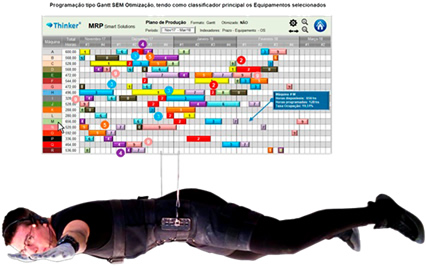
And this fact occurs because it is impossible for the human mind to have the punctual and at the same time holistic vision of the whole Production Plan. So, the interference of the Human Programmer will be always punctual, isolated and even harmful, since in so far as it interferes manually, unconsciously and automatically creates so many others constraints, making the new results always worse than the first ones!

Therefore, the Systems currently available in the IT market are efficient only in Production Lines...
Yes! Our experiences, research, experiments and benchmarking made in the last few years have proven that Systems that have been created by industry-oriented IT worldwide do not have the necessary adequacy and adherence to the unstable and complex environments of Make-to-Order Manufacturing Industries. So, that is, all they are missing the target!
This reality is proven by the main facts below
They do not cover the entire Manufacturing
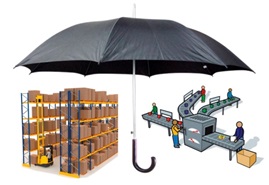
As we have already seen, the Systems available and dedicated to production lines scheduling do not have cadastral structures and processing that cover - in fact - all processes that directly interfere with Manufacturing, because - in fact - they do not lack this to operate efficiently, in the Production Lines Industry. Thus, these Systems only cover Production and Materials, while in Programming activities.

They do not have optimization capabilities
Because they are always built for production lines environments, they do not have bases and cadastral structures and do not have appropriated codes for cognitive processing, in order to elevate and overcome constraints.
And they do not have these resources for a very simple reason: the standardization and dedication of the processes and resources of Production lines do not lack these attributes!
They are too expensive and their deployments are long and unfinished!
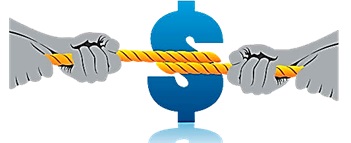
As they are always being technically and economically sponsored by the Production Lines Industry, their sales prices are always, on average, so over the economic-financial power of the Make-to-Order Industries, as well as the fact that they offer time-consuming and always discontinued deployments or incomplete due to inadequacy.
Thus, besides not being minimally efficient to these Industries, they are too expensive for them!